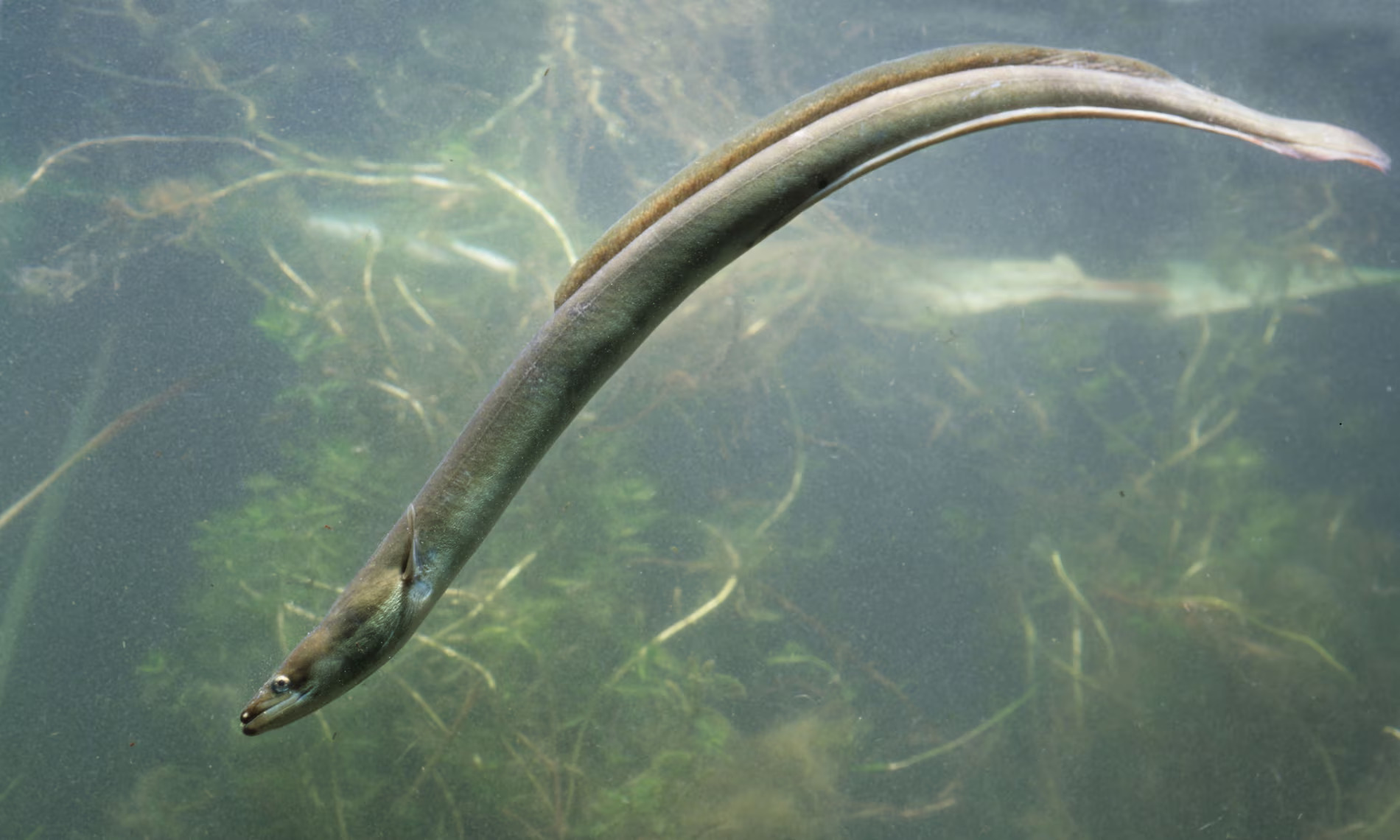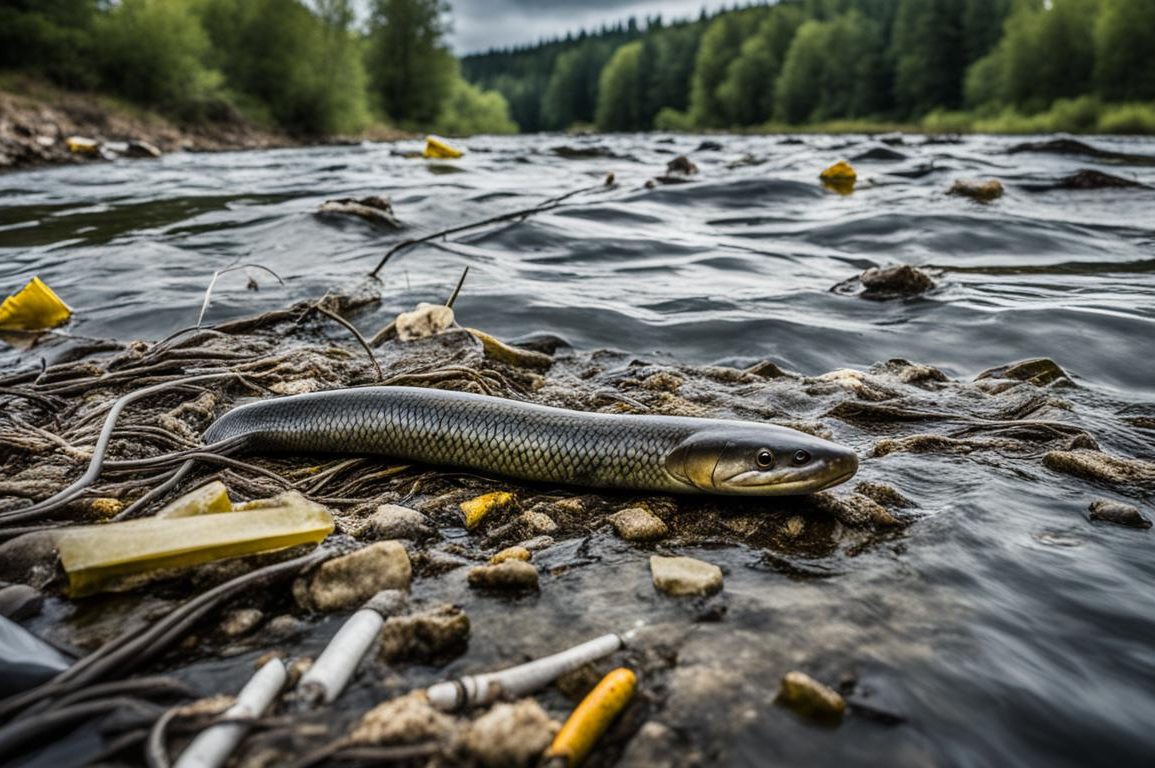The export of critically endangered European eels from the Severn estuary to Russia has surged this year, raising concerns among conservationists. A significant increase saw one tonne of glass eels, the juvenile form of the species, flown to Kaliningrad, double the previous year’s figure.
Eel industry sources indicate that next year’s export applications may escalate to as much as five tonnes, potentially amounting to around 15 million eels. The European eel (Anguilla anguilla) is classified as a protected species, with its population having declined by 95% since the 1980s due to various environmental pressures.
In 2010, the European Union prohibited the trade of European eels outside their natural habitat, but following Brexit, the UK has faced restrictions in exporting glass eels to EU countries. However, a legal loophole allows for the export of eels to non-EU destinations under the guise of conservation efforts, such as restocking lakes and rivers.
Andrew Kerr from the Sustainable Eel Group criticized the UK’s Department for Environment, Food and Rural Affairs (Defra) for permitting these exports, emphasizing that sending eels to Kaliningrad is fraught with risks, including the potential for smuggling them into Asia, where demand for young eels is high.
Peter Wood of UK Glass Eels, who has been involved in exporting glass eels for over five decades, argued that banning exports to Russia would devastate the traditional fishing practices on the River Severn. He stated that no alternative markets exist, particularly since exporting to Asia is illegal.

Wood claimed that the eels exported to Russia are intended for a ministry-led conservation project aimed at restocking eels in the Vistula and Curonian lagoons. He views this initiative as a significant conservation effort that could benefit European eel populations.
Despite Wood’s optimistic outlook, Kerr cautioned that sending eels to the eastern limits of their natural range poses a conservation risk. He pointed out that eels are less likely to return to their breeding grounds in the Sargasso Sea if transported further east.
Moreover, experts highlight that while restocking can be an emergency measure, it should not replace comprehensive conservation strategies, such as restoring wetlands and rivers. Charles Foster, an author on the subject, underscored that exporting endangered species to uncertain futures cannot be justified for economic or traditional reasons.
The UK government maintains that applications to export eels are thoroughly reviewed on a case-by-case basis, ensuring compliance with wildlife trade regulations. A spokesperson from Defra asserted that they have strong protections in place for glass eels and that any illegal trafficking claims would be investigated.
Nevertheless, the controversial exports have sparked significant debate over their impact on the already vulnerable eel population, with scientists estimating that a mere 2.3% of mature eels currently escape to the sea, far below the 40% needed for population recovery.

